Infallible Authority
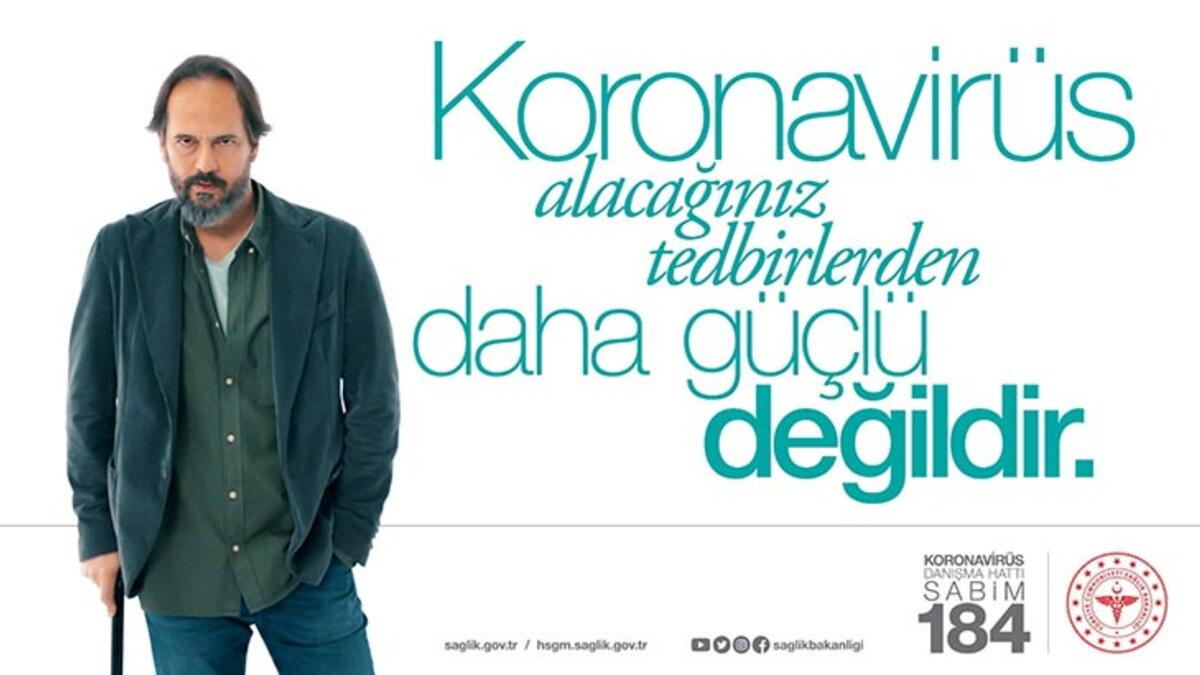
Turkish PSA
This is the third in a series of 16 posts offering an analysis of “Covid Codes” from a global perspective. SEMIOVOX has invited consulting semioticians from around the world to augment the Coronavirus-related meaning map whose lineaments we revealed here in a Spring 2020 series. We are grateful to our talented and generous colleagues, who are individually acknowledged in each series post that features their contributions.
The theme we’ll explore in this installment is: INFALLIBLE AUTHORITY. Our definition of this theme: Medical expertise that cannot be questioned.
In the previous installment, on the theme FORCEFUL REMEDY, we noted that one of two key concepts represented by the doctor paradigm, in this space we’ve audited, is the practice and precept of strong medicine. The other key concept represented by the doctor paradigm here is infallible authority. Brands, NGOs, government agencies, and other entities who activate against the source codes of this thematic complex communicate with the authority of hard-won expertise — typically a doctor’s expertise, though we will also find here governmental entities that seek to merge their brand of authority with medical authority.

The doctor paradigm is a source of hard-won expertise and know-how. More so than the pharmacist, while perhaps less so than the scientist, the doctor is a figure whose opinion and judgment — about the health and efficient functioning of our physical bodies — we are encouraged to trust absolutely. On the other hand, as we’ve noted before, the doctor figure can be a semi-villainous paradigm in culture and brand comms, often depicted as an authoritarian, arrogant, un-empathetic figure (vs., for example, the more consumer-friendly pharmacist or the deeply empathetic guru or life coach). In the US, among other countries, physician distrust is modulated by racial/ethnic and geographic factors — often there’s good reason for it.
Our study suggests that the Infallible Authority thematic space is brought to life by at least five “source codes” (signs). We’ve named these source codes: Trust Experts, Quasi Medical, Badge of Honor, We Got This, and Fact vs. Fiction.
Trust Experts
The Trust Experts source code’s norm (that is to say, its idea, value, higher-order benefit) can be described as follows: Only take advice from those in a position of authority. They know what they’re doing.

Visual cues of Trust Experts include:
- Authoritative figures, wearing their uniforms — doctors, nurses, pharmacists (also, post-COVID, telecom engineers, etc.)
- Use of medical color schemes (dark blue, white, red), and no-nonsense typography
- But also alternative authorities, who might not look like doctors or scientists. (Even if, in some cases, they are doctors or scientists.)
Verbal cues of Trust Experts include:
- Expressions of trust in authority: “Always trust your pharmacist!”
- Popularity contest: “#1 pharmacist recommended”
- Brand stories involving a doctor: “Sambucol was developed by a world-renowned virologist”; “Dr. Zak Zarbok, a physician and father, couldn’t find effective, chemical-free products to keep the whole family healthy”

Medical authorities in the US — particularly Trump-era White House coronavirus task force members Anthony Fauci, Deborah Birx, and Robert Redfield — have also seen some members of the public lose faith in them. Other Americans, however, revere Fauci in particular as a quasi-savior.

Singapore has the lowest coronavirus case fatality count globally, thanks to stringent COVID-19 prevention rules and policies. Wei Fen Lee (Singapore) notes — in February 2021 — that “Covid doesn’t really feel too ‘real’ anymore as the situation has been under control for at least half a year.” Regarding the meme above, she writes:
During the height of the pandemic, when we were in full ‘circuit breaker’ mode (ie. lockdown), the Prime Minister would provide regular updates and messaging to the masses, which would be anticipated as announcements that would highlight ‘shifts’ and gradual moves to ‘opening up’. Given Singapore’s multicultural, multilingual society, he would deliver his speech in English, followed by Chinese, and then Malay (signalling infallible authority?). Incidentally, he would take a sip from this blue cup in between — resulting in these memes that joked about the language-transforming abilities bestowed upon him by this cup. It’s a reminder of humour, irreverence, and shared humanity (based on the former, especially in Singapore) during such somber times.
As India began one of the world’s biggest coronavirus vaccination programs, in January 2021, Seema Khanwalkar (India) explained the poster shown above [image removed] as follows: “A lot of Indians are hesitating to take the vaccine. The vaccine and the fingers of the authority in the circle shown here seem like the ultimate assertion of finality in the matter. The colors are of India’s national flag. And the close-up image of the fingers seems authoritative and assertive. Almost like a dictat.” Khanwalkar also notes: “In Indian mythology the circle is symbolic of the ‘chakra’ which is the ultimate weapon or the ultimate symbol of a warrior.”


Sónia Marques (Portugal) has three insights to share about Infallible Authority coding in her country.
Politicians in Portugal listen to scientists on a weekly basis. Mathematicians, experts on epidemiology, doctors. Every day there is a press conference convened by the minister of health and the Public Health Authority, which communicates the numbers of infected, the numbers of death, and hospital statistics. The Portuguese flag and mentions of the government are a constant.
We hear from the same handful of authorities again and again. Our prime minister, president, health minister, secretary of state and the Health Authority director. The rest of us are stuck at home, or when we’re in public our mouths are covered — it’s as though only these give people are literally able to speak.
The minister of health and the Health Authority director are both women; their roles combine political and medical authority. They speak to the camera as a doctor speaks, and it’s quite reassuring.
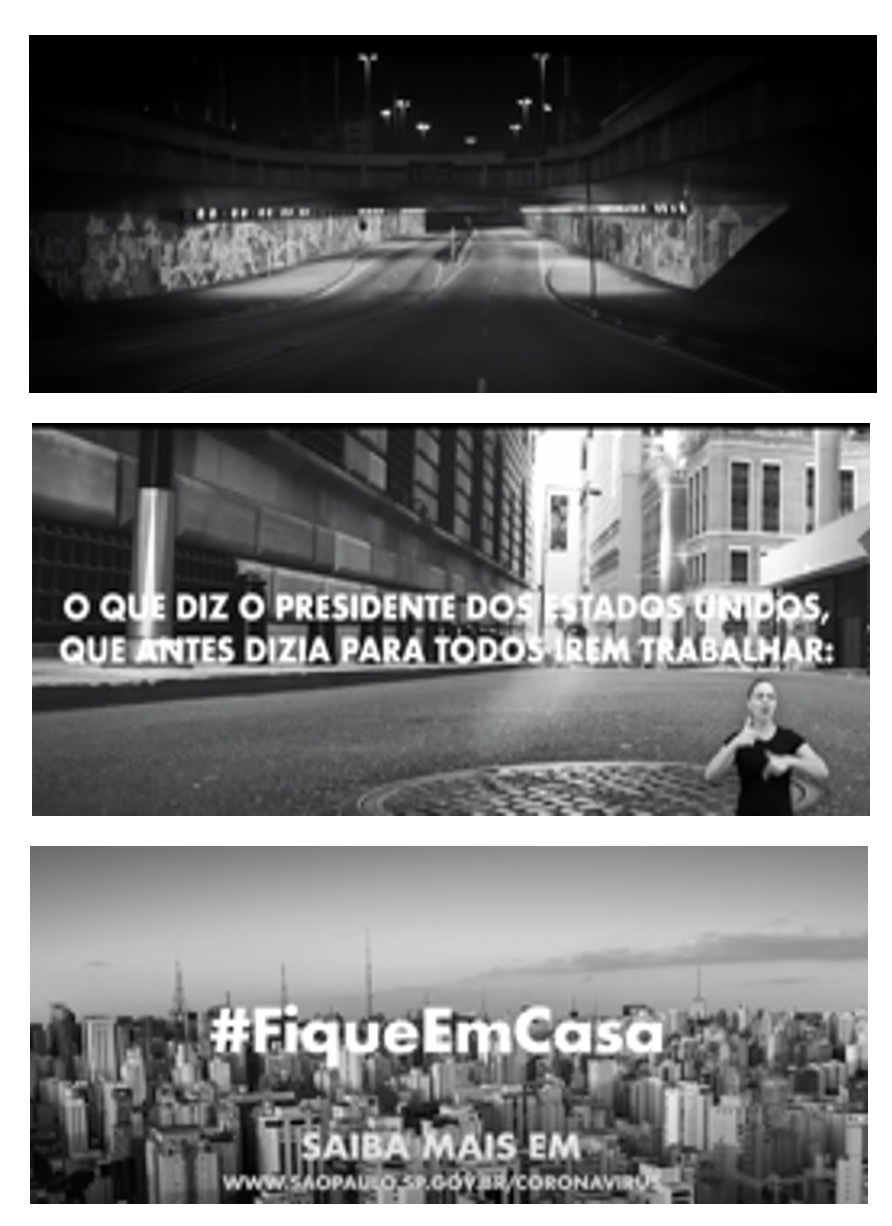
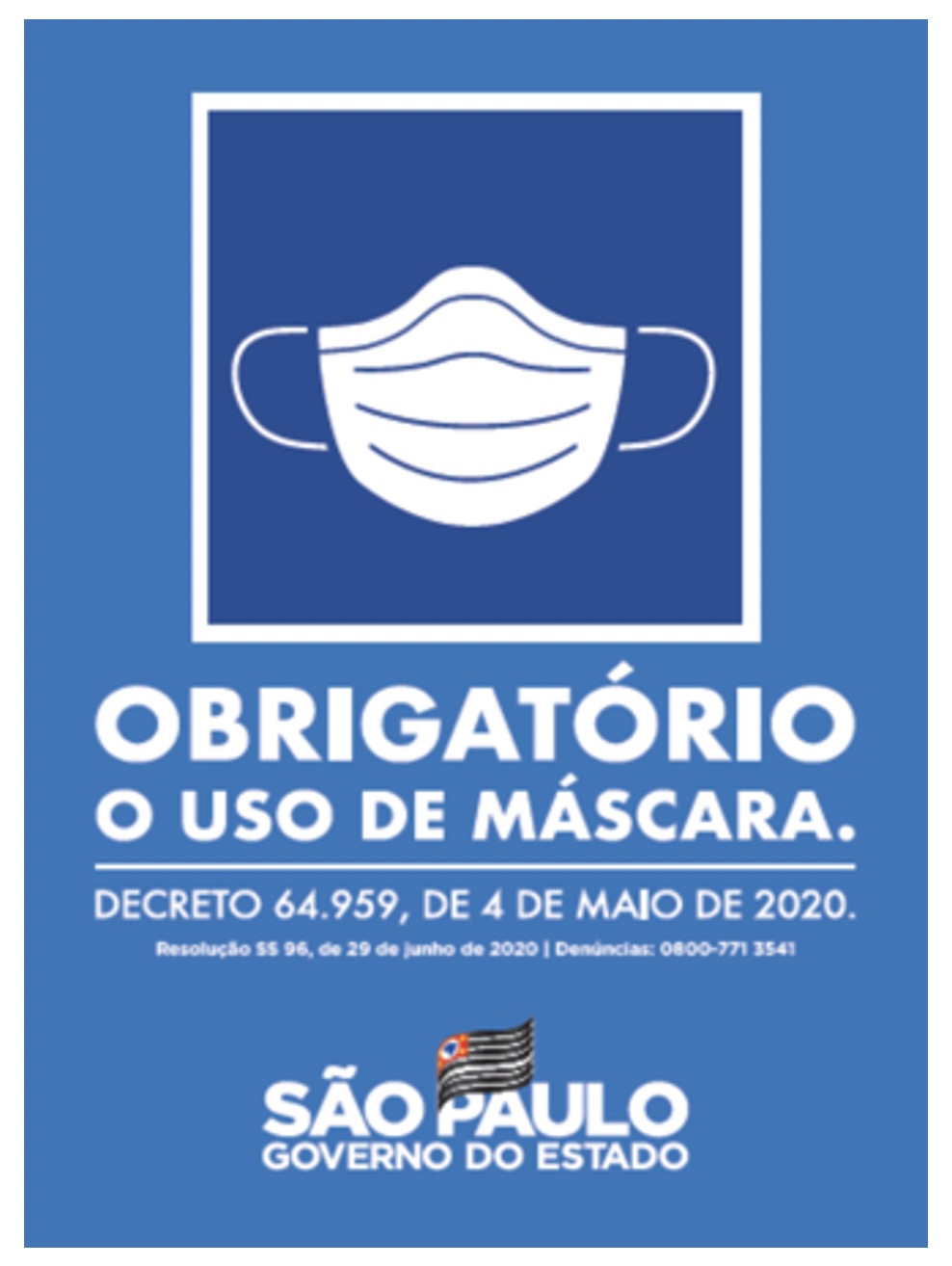
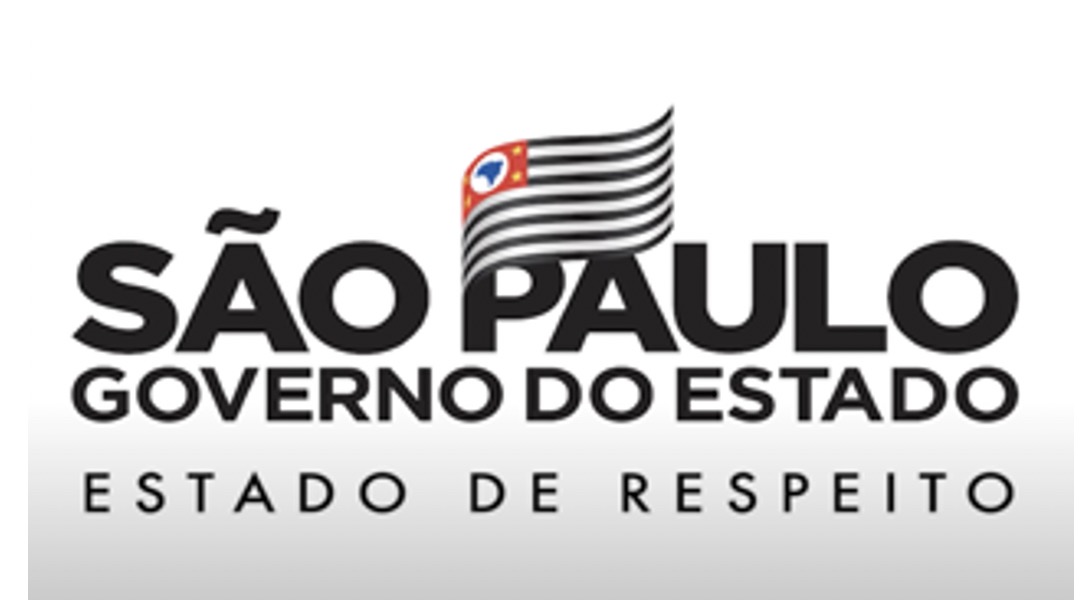
Mariane Cara (Brazil) notes a particularly grim attempt at inspiring faith in government authority. “In the state of São Paulo, which is under the command of Governor João Dória (another Donald Trump doppelgänger, who in a not-so-distant past was the host of the Brazilian version of The Apprentice) the codes are almost dictatorial and without any fun. The blue poster reinforces the obligation of wearing masks; the black-and-white videos produced by the government portray metropolitan scenes of emptiness. The government’s motto: “São Paulo, a state of respect.”
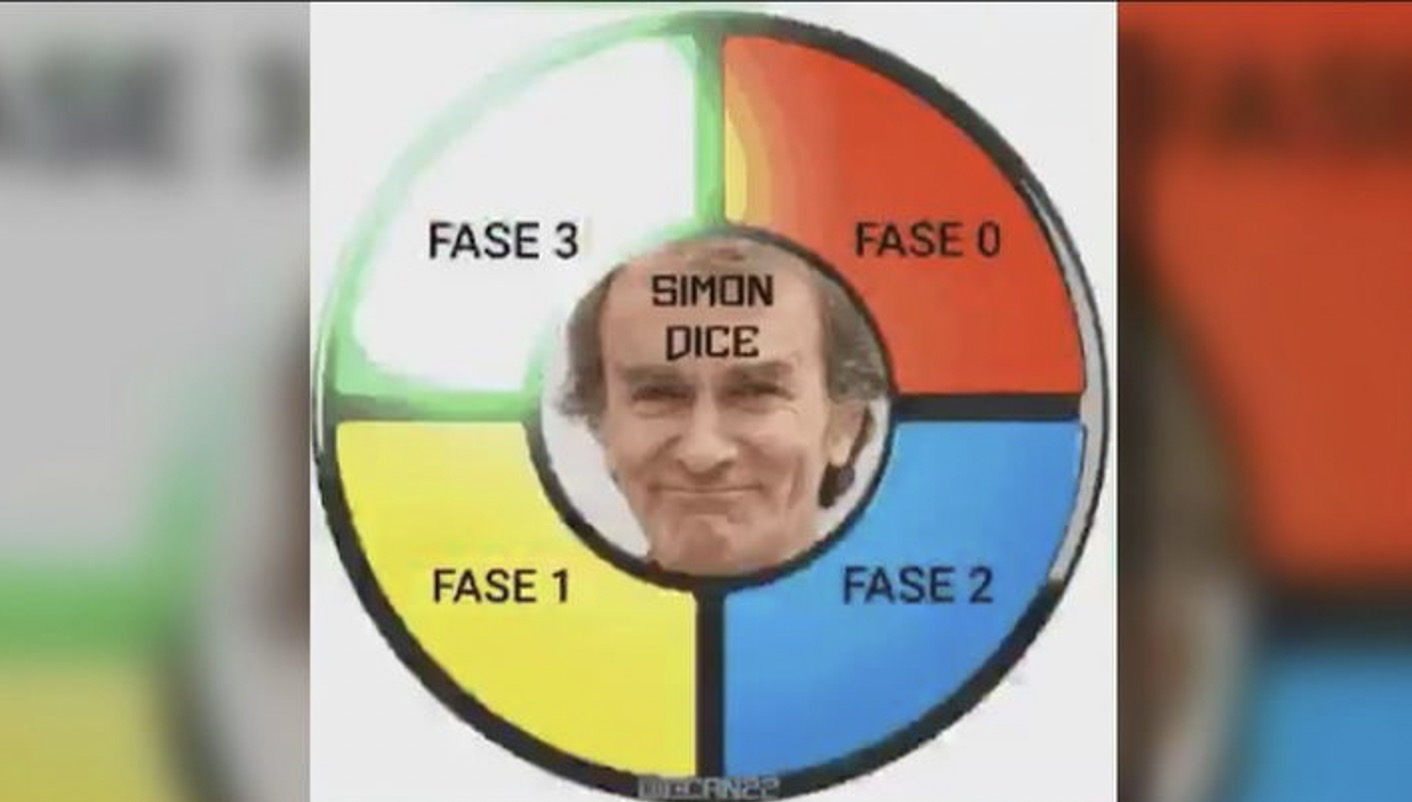
Gabriela Pedranti (Argentina/Spain) laments that in Spain, “the Minister for Health recently left office to become the local candidate of his party for the coming elections in Catalonia. Although in Spain the vaccines are trusted, we have lost faith in medical authorities — even the ones we trusted at the beginning of the pandemic.” One example, she adds, is “Dr. Fernando Simón, who is in charge of the national Emergency System. He was a success because of his looks and simple/honest attitude, he made it to merchandising (which he asked to share profit with NGOs, area in which he worked for years) and now is being quite criticized (mainly because people are really tired of the situation). The meme shown here blends the popular game “Simon says” with his surname (Simón) and the console game Simon. The options here are the emergency phases into which Spain might go.”
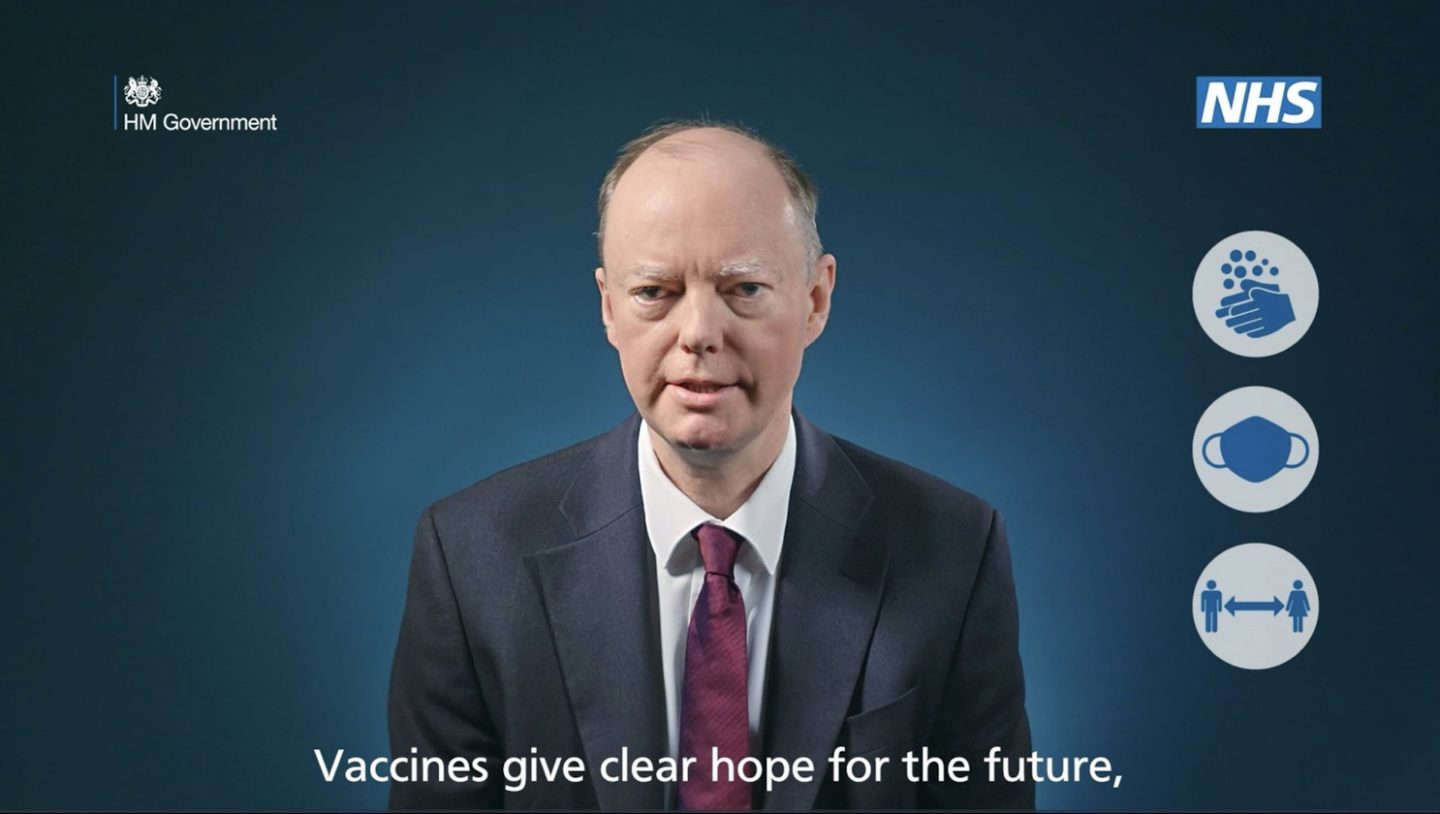
Chris Arning (UK) writes that in Great Britain a new public awareness campaign has been launched (in late January 2021) urging people to stay at home. In the commercial shown here, England’s chief medical officer Chris Whitty urges the public to “act like you’ve got it,” amid fears that people have not been following social distancing regulations. Some ads are emblazoned with the dire slogan “If you go out… You can spread it… People will die.”
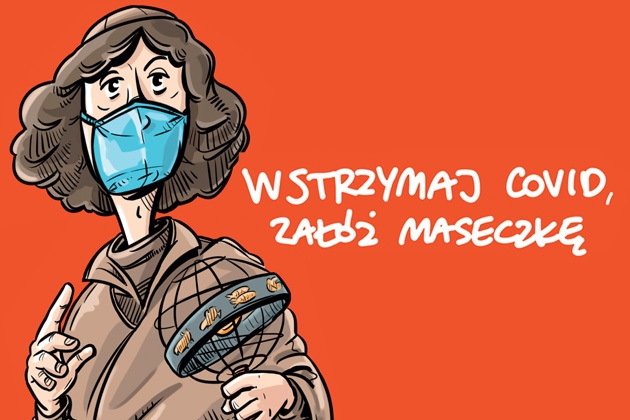
Paulina Goch-Kenawy (Poland) notes that the Renaissance-era mathematician, and astronomer Copernicus (who formulated a model of the solar system that placed the Sun rather than Earth at the center) is revered as one of the greatest scientific figures in Polish history. Here, he warns, “Stop Covid, put on the mask.”
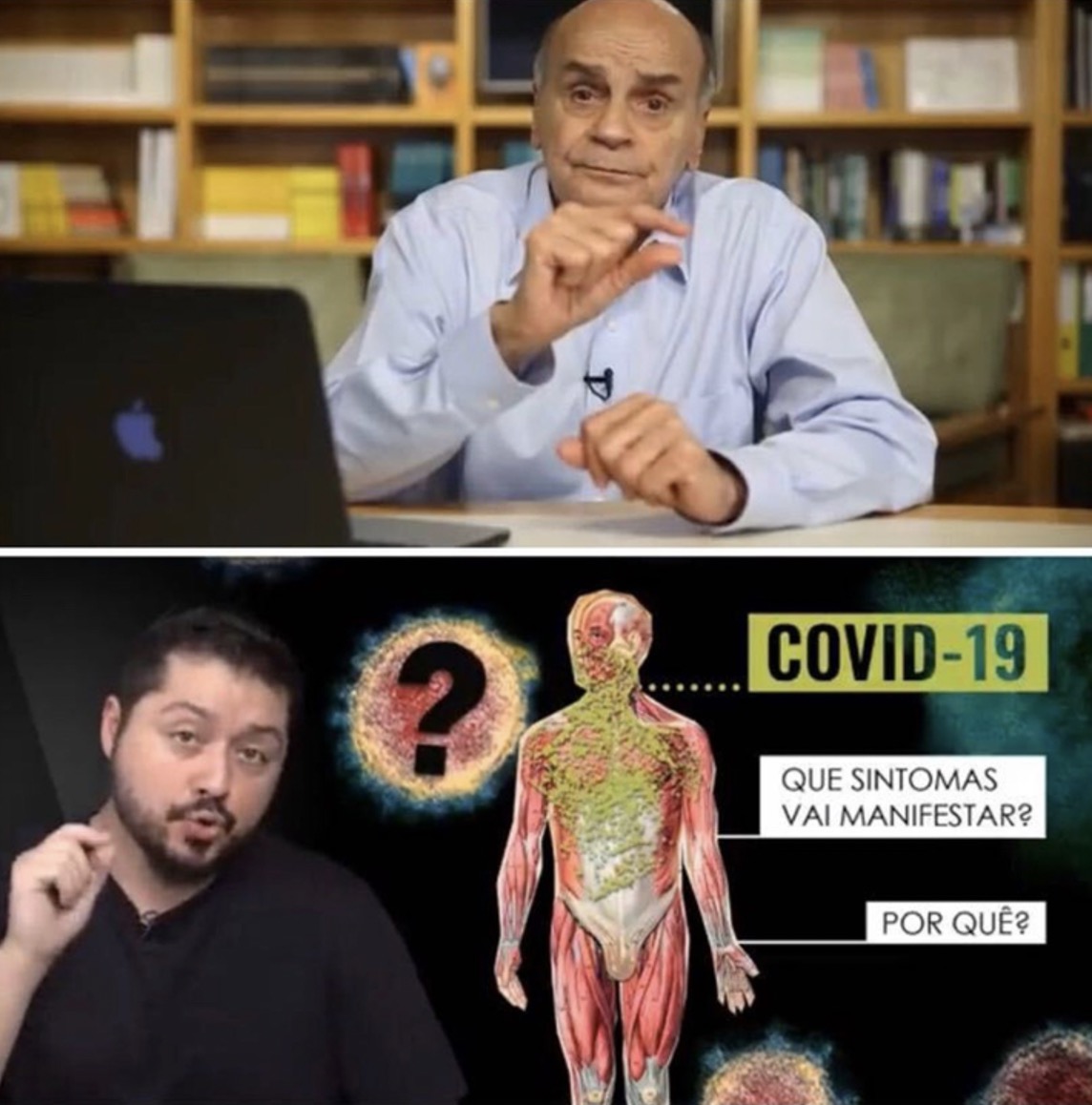
Mariane Cara (Brazil) points out that in Brazil, a country with low-quality basic education, a president who does not support social isolation, and social networks spreading misinformation, in addition to traditional figures who endorse medical information we find YouTubers like Átila Iamarino (a biologist) and Drauzio Varella (a doctor) offering much-needed information.
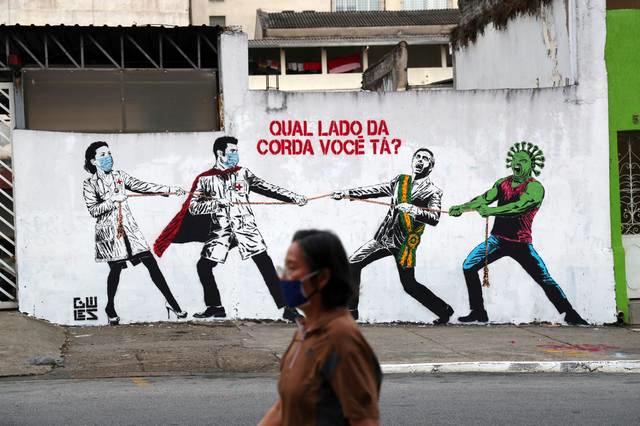
Referring to the São Paulo street art shown above, Mariane Cara also notes: “It was made around June 2020. Around that time, we had two sides of the pandemic in conflict: the rational/healthcare side (depicted here as heroic doctors wearing masks and even a cape), and the irrational side (depicted here as Brazil’s screaming president Jair Bolsonaro and an anthropomorphized virus-monster — who could be interpreted as a “Bolsominion,” i.e., one of Bolsonaro’s rabid followers). The text reads: “Which side of the [tug of war] rope are you?”


Malcolm Evans (UK) submitted the front page of a UK tabloid, which proposes that ITV’s much-hated presenter Piers Morgan (friend and vocal defender of Donald Trump) should be the country’s leader. Why? “Because he holds the UK political establishment to account for incompetence in dealing with the Covid pandemic medically or economically,” Evans explains. “For Piers Morgan, Boris Johnson is a people-pleaser too scared to take tough decisions and be an authentic leader. Morgan holds up countries like China, Singapore, South Korea and New Zealand as places where the leaders have had the courage to make the necessary tough (even draconian) decisions. The theme here is crisis of legitimacy.”
Quasi Medical
The Quasi Medical source code’s norm (that is to say, its idea, value, higher-order benefit) can be described as follows: Design cues suggesting that the product/brand embodies medical authority.
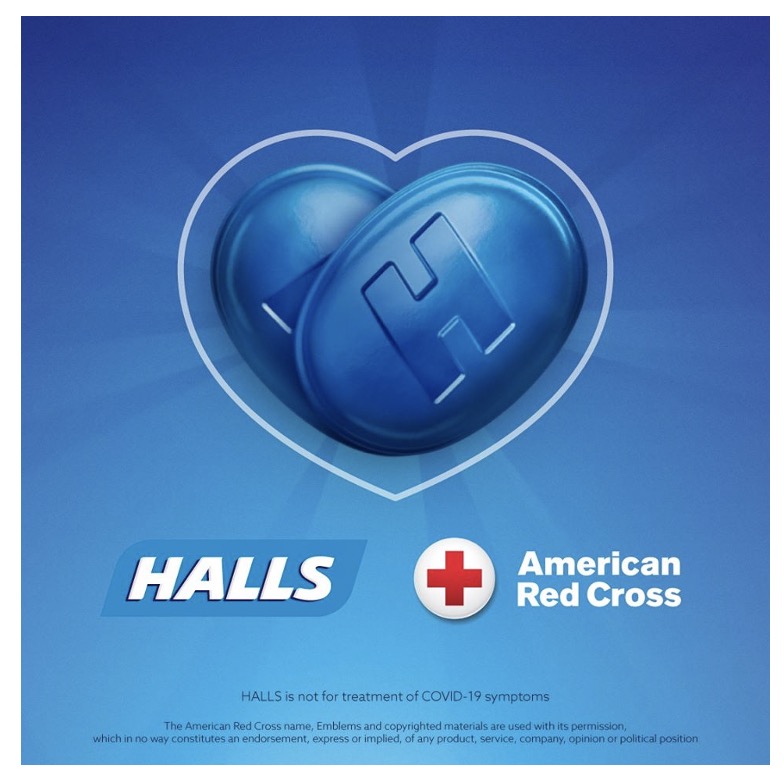
Visual cues of Quasi Medical include:
- Dark blue and white color scheme, and/or red
- No-nonsense, sans-serif typography
- Arrows and vectors
- EKG symbols, other hospital-themed images
- Heart symbols, red crosses, other symbols
- A person dressed in blue (or white)
Within the Cough/Cold/Flu Relief space, even when brands point to the pharmacist as a source of expertise, they often employ doctor/medical visual cues (e.g., blue and white, white and red, a man in a white coat) in doing so. Subliminally, the point is that trusting your pharmacist is the same thing as trusting your doctor.
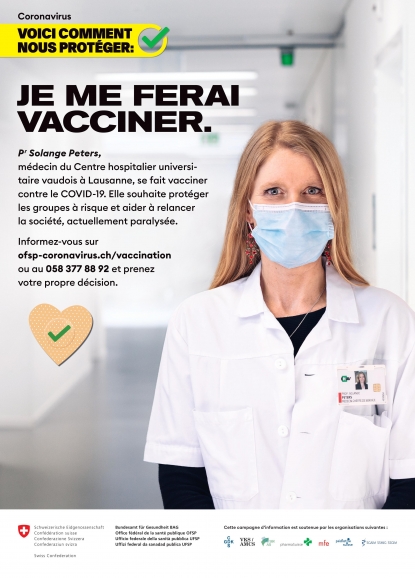
Samuel Grange (France) remarks, of this Swiss poster: “The doctor is presented as someone who is not only wise and knowledgeable about vaccines (status = being), but also an activist attempting to protect the weak and relaunch society (status = doing).”
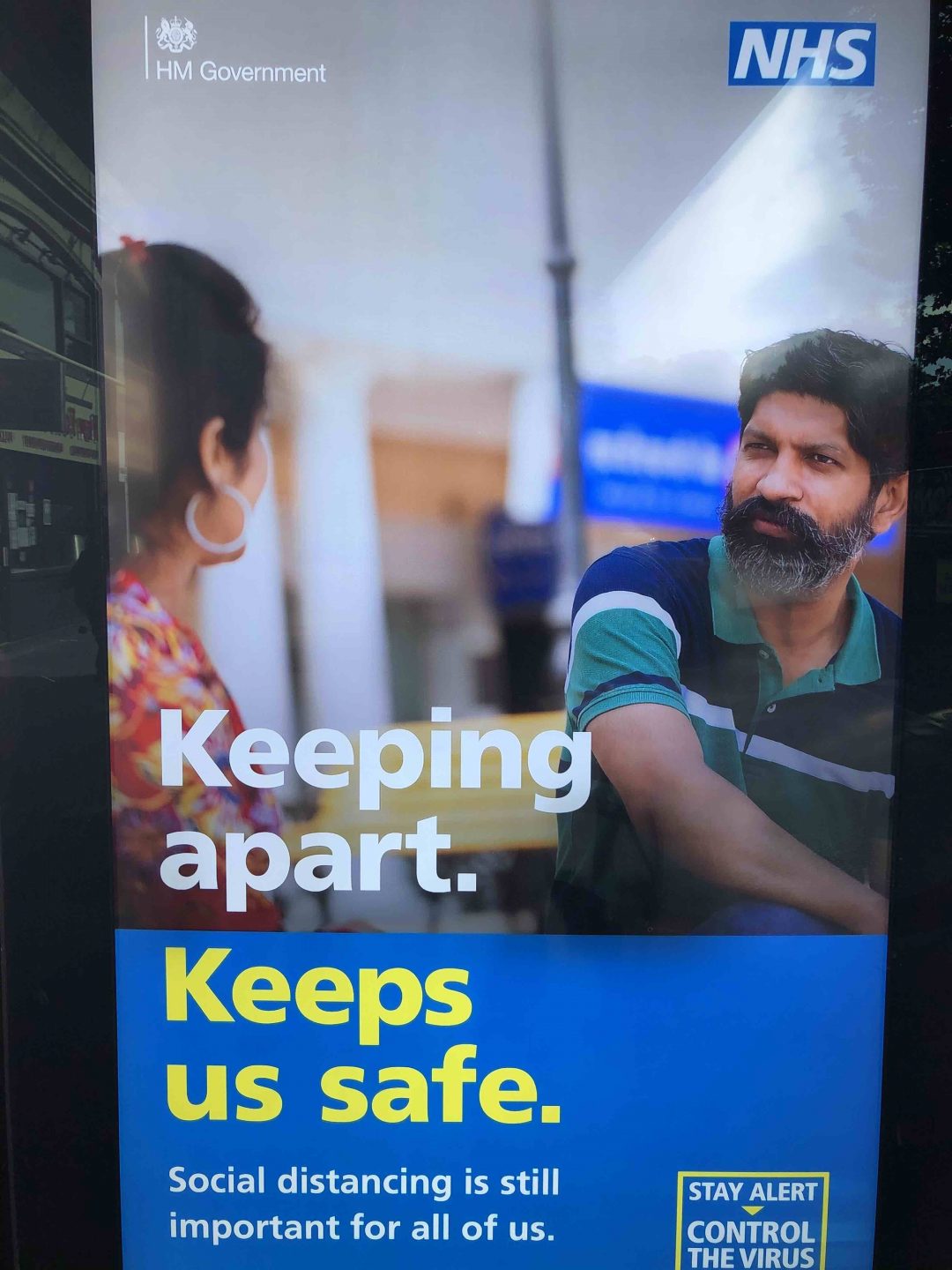
Chris Arning (UK), in a note on the poster campaign shown above, suggests that — design-wise — it attempts to strike a balance between “the NHS (an institution that represents a communitarian spirit and therefore has a softer tone) and “the yellow, rather shrill government communication.” He scoffs at the notion that the current administration is “a propagator of what could be called ‘compassionate conservatism’ in our 2020 atomised society,” and also notes that “blue is very much a Tory colour” so its use here “may subliminally therefore seek to take credit for this safety message.”

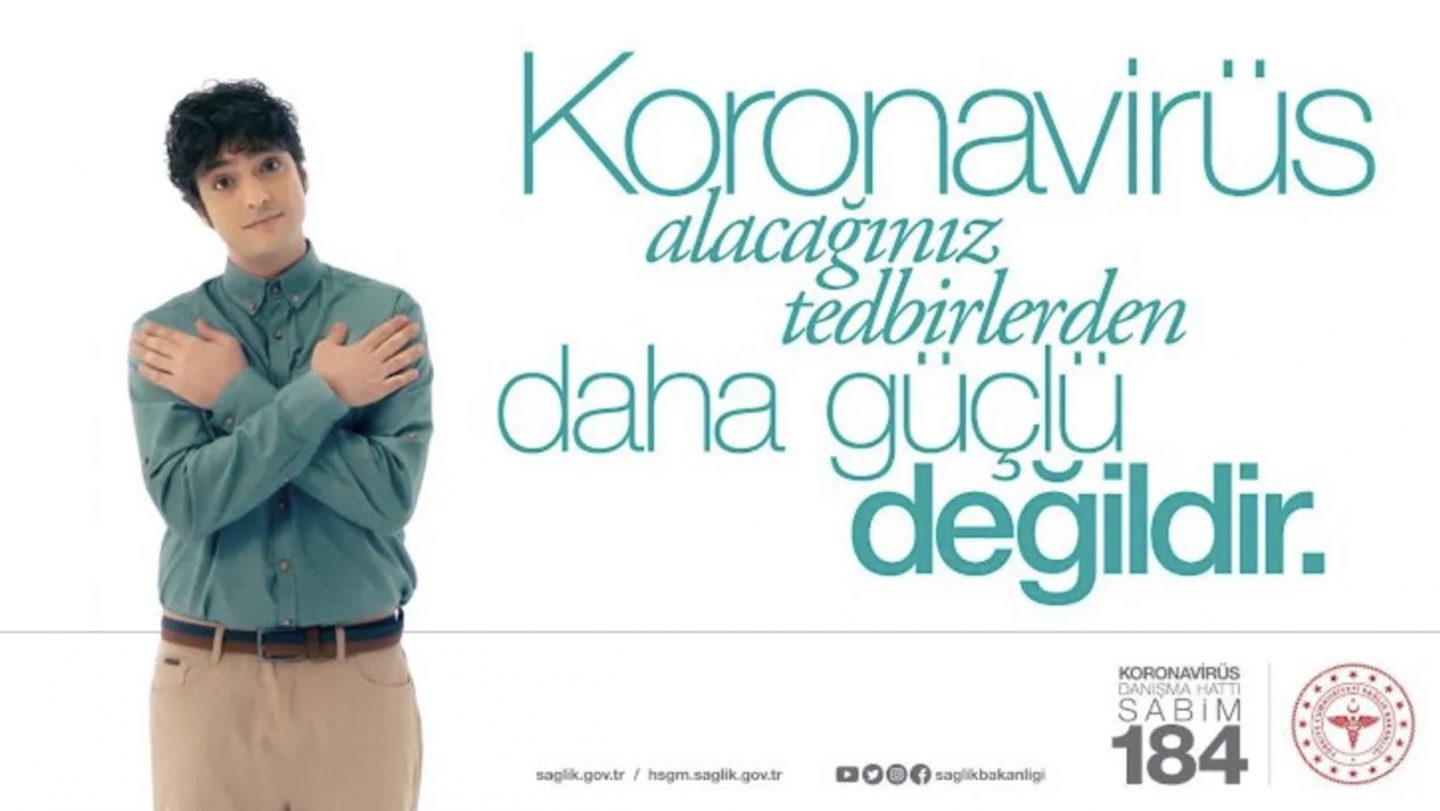
Serdar Paktin (Turkey) notes that “In Turkey, there’s a trend to use celebrities and/or actors from TV series and movies to reach out to the public. In one government PSA, actors who portray doctors — a remake of the US medical drama House (above top), a remake of the Korean medical drama Good Doctor (above bottom) — reminds us that “Coronavirus is not stronger than the precautions you can take.”
Badge of Honor
The Badge of Honor source code’s norm (that is to say, its idea, value, higher-order benefit) can be described as follows: A heraldic device, or other symbolic emblem indicating an authoritative stamp of approval..
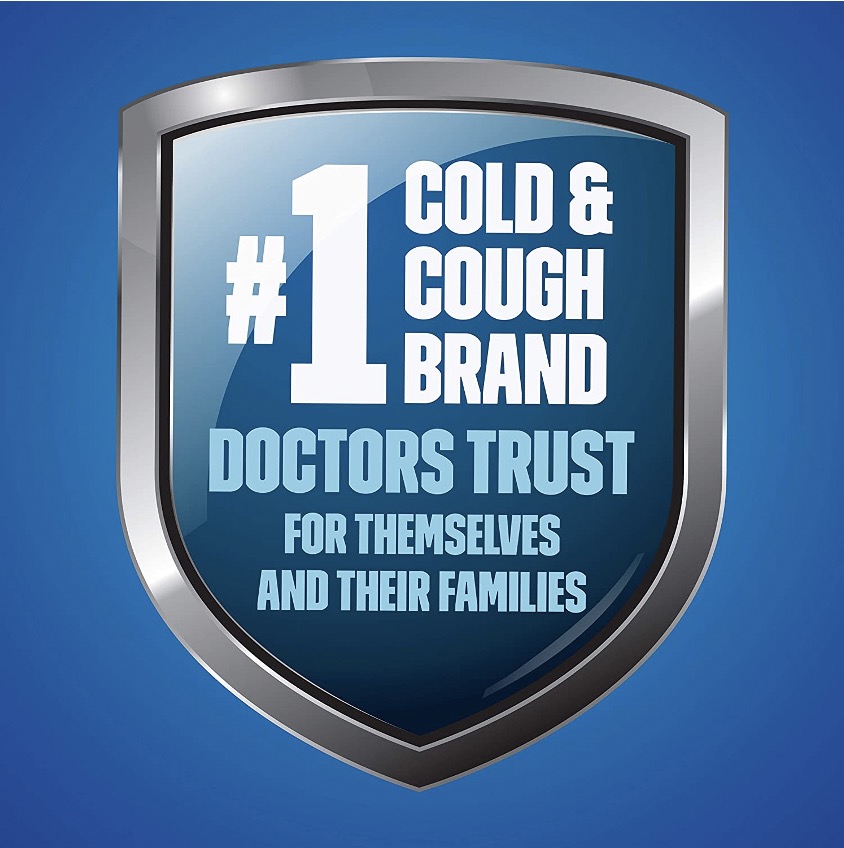
Visual cues of Badge of Honor include:
- Shield and banner shapes, circles with emblems, fancy seals, etc.
- National flags
Verbal cues of Badge of Honor include:
- Stamp of approval from an authority: “#1 Cold & Cough Brand Doctors Trust for Themselves and Their Families”; “Scientifically Tested”; “#1 Doctor Recommended”; “#1 Pharmacist Recommended”; “Clinically Proven Cold Remedy”
Within the Cough/Cold/Flu Relief space, we overwhelmingly find medical and quasi-medical visual cues stamping a brand’s message with a doctor’s authority. Here we find men (less often, women) in white coats; often with a stethoscope around their neck. (Cepacol InstaMax’s mascot — a blue genie wearing white, carrying a kind of emergency kit, and dangling black-rimmed glasses from a shirt pocket in a way that suggests a stethoscope — is ingenious. A quasi-medical avatar that pays house calls.) Here we also find innumerable blue-white, blue-red, red-white color schemes; not to mention (less often) crosses, caducei, badges, and other “medical” icons.

Vijay Parthasarathy (US/India) invites us to check out the above PSA “for an Indian / global product from Unilever that is earnest, text heavy (to convey gravitas) and designed to transmit information; it points to the urgency of the moment by citing its competitors as useful allies in the effort to prevent virus spread (although Lifebuoy is not above loading its logo and images of its products).” Lifebuoy’s logo is, of course, a quasi-medical one.
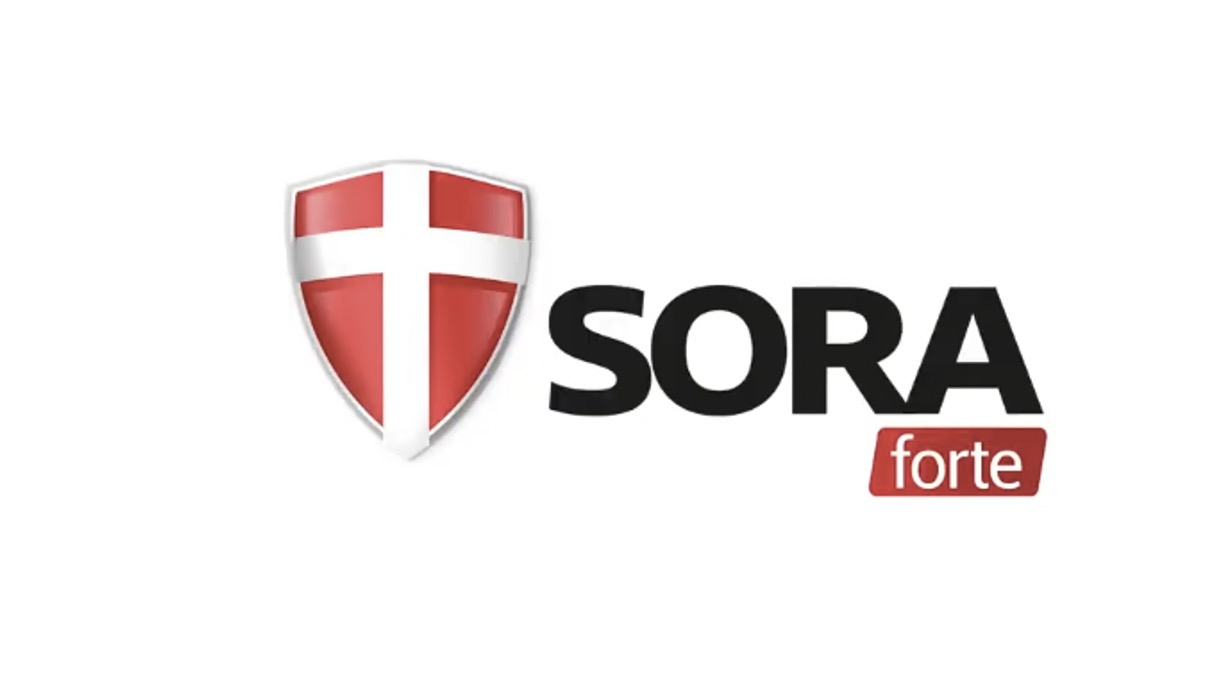
Maciej Biedziński (Poland) sends in the logo for Sora Forte, a pediculosis drug.
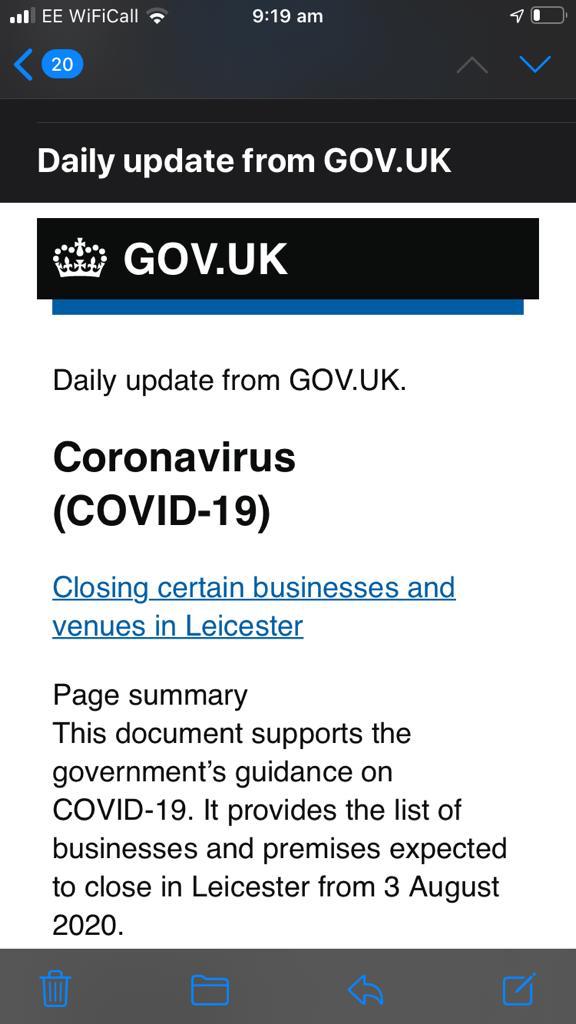
Chris Arning (UK) points to the crown that appears on all communications from the official Uk-Gov.uk website, as an example of Badge of Honor coding. “This is the very sedate but also quite officious mode of communication used by the government — the type face and colours are part of the classic polite modernism of the UK bureaucracy.”
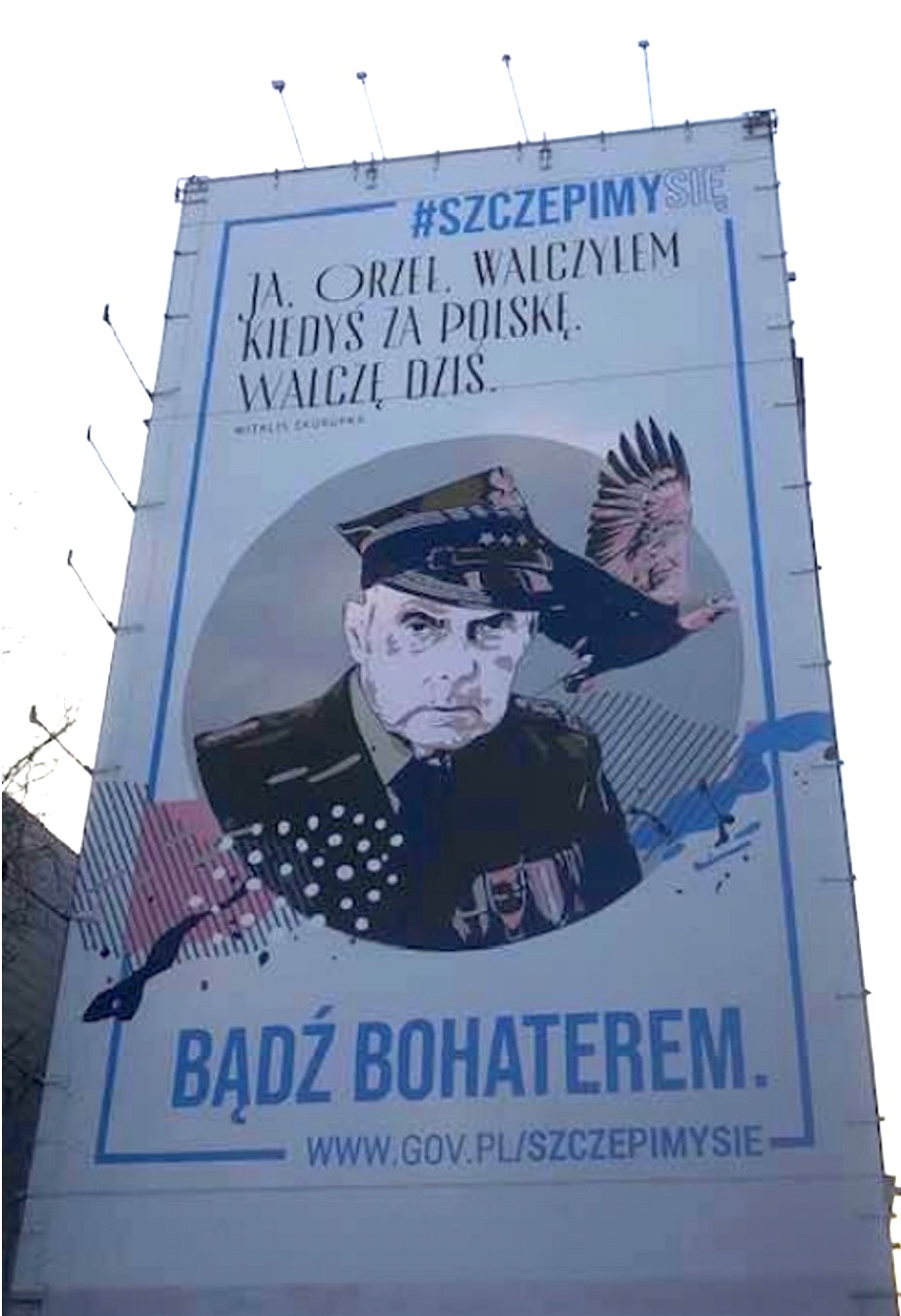
Maciej Biedziński (Poland) sends in the government poster shown above. It reads, “Me, the Eagle, I once fought for Poland. I fight today too. Be a hero.” Maciej notes. “This example is quite specific to the current language of the right-wing government. The eagle represents not only this guy, a 98 year old WWII veteran whose alias is very meaningful, but a white eagle is also a national Polish symbol represented in the official Coat of arms of Poland. The White Eagle is also an element of Poland’s myth of origin, so it’s actually rooted deeply in national statehood and national identity. It’s willingly used by patriotic groups as well as nationalists. It’s connotations are quite vast but focuses mainly on courage, strength and honor and of course attachment to the Polish nation.” He adds: “The hashtag #WeWillVaccinateOurselves suggests that ‘we personally will take action and will vaccinate ourselves,’ even though technically you need to get the vaccine from a doctor/nurse.”
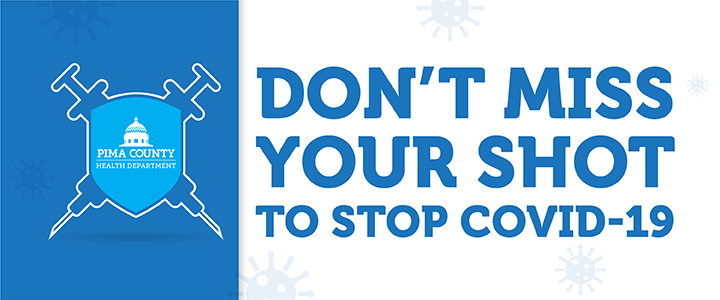
This image from Pima County, Arizona combines medical-authority coding with governmental-authority coding in a medieval-style heraldic logo.
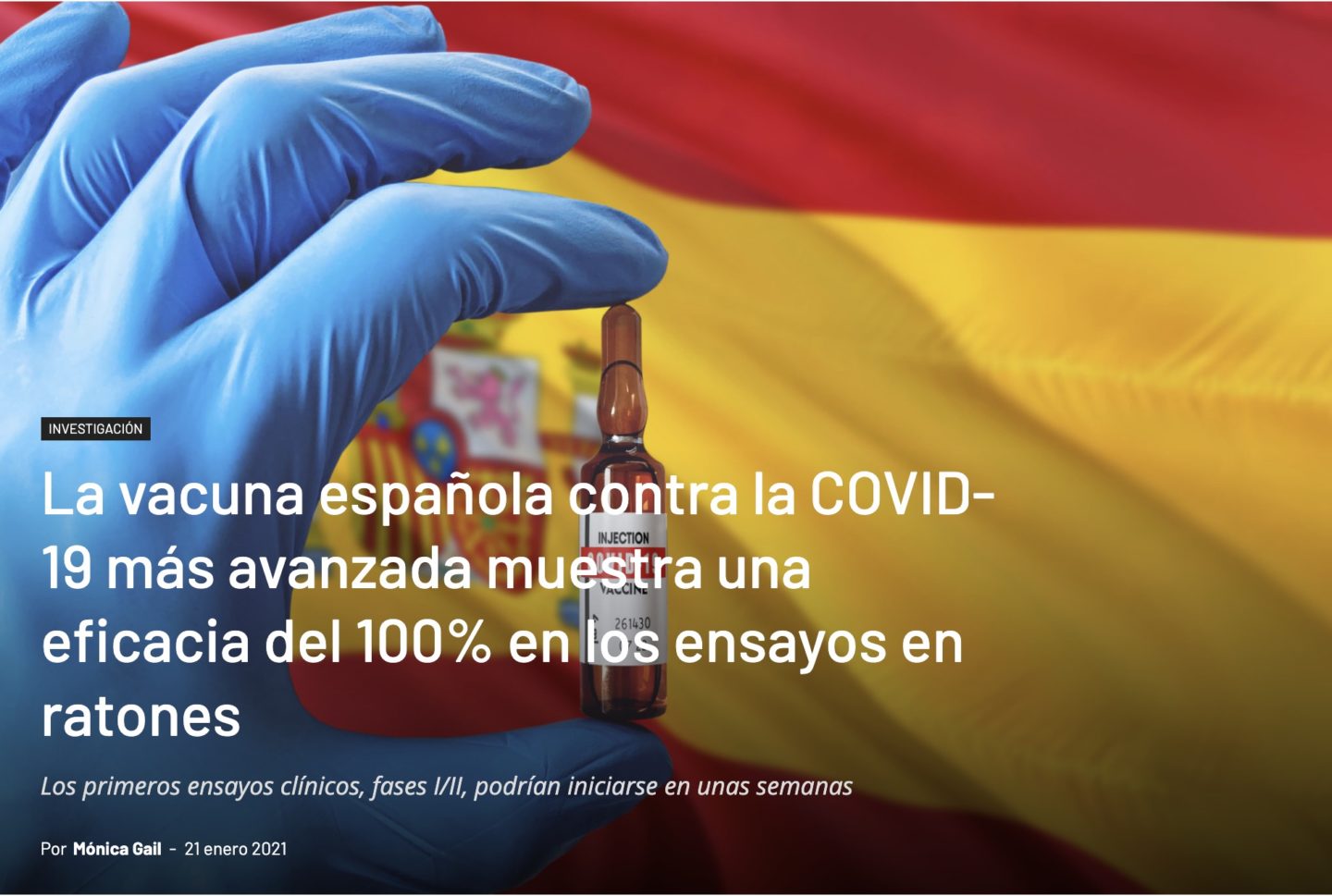
Gabriela Pedranti (Argentina/Spain), says that Spain tends to be hyper-nationalist in its coverage. There isn’t much coverage about the scientific race to vaccinate against COVID, she says, unless there is a Spanish angle. The image above, from a leading Spanish medical journal, announces: “The most advanced/developed Spanish vaccine against COVID 19 shows an efficiency of 100% in the clinical trials with mice.” Note the Spanish flag in the background, not the sort of thing you’d normally imagine seeing in a scientific journal.
Ivan Islas (Mexico) draws our attention to a printed image of Joaquín “El Chapo” Guzmán on food boxes [image removed] that were distributed in remote regions of Mexico. “Many political actors and even members of criminal bands tried to take advantage of the necessity of poor people in the context of Covid-19.”
We Got This
The We Got This source code’s norm (that is to say, its idea, value, higher-order benefit) can be described as follows: Don’t worry, you’re in good hands. We’ve been preparing for this difficult moment for years.

Visual cues of We Got This include:
- Spokespersons for brands, businesses — whether the CEO, or and engineer, or an actor wearing the brand’s distinctive colors.
- Business depicted a carrying on as usual — trucks rolling, work crews working, businesses opening.
- Politicians
Verbal cues of We Got This include:
- Reminders of how long we’ve been around. “For over 100 years,” “Since 1958,” etc.
- Loyal to the consumer, dependable. “We’ve been there for you through thick and thin.” “You can count on us.” “You can trust us.”
- “We are here. And we are ready.” “Here to help.” We are here.” “Our teams are here.” Here for you.” “We’re with you.”
“We Got This” coding has been activated against by scores of brands already. Here, we find earnest experts and authorities reassuring us that the companies, brands, agencies and institutions in whom you’ve placed your trust will not let you down during this time of crisis. “We are here. And we are ready,” Verizon announces after a montage of Verizon Engineers soberly explain what it is they do for a living. “Here to help,” says an H&R Block spokeswoman dressed in the logo’s green, and standing in front of 3D versions of the logo’s green blocks; she is H&R Block, is the unsubtle point. “As one of the world’s largest producers of toilet paper,” Cottonelle intones, “we assure you there will be enough to go around.” “When it really matters,” Clorox — whose logo is quasi-medical — insists, “Trust Clorox.”
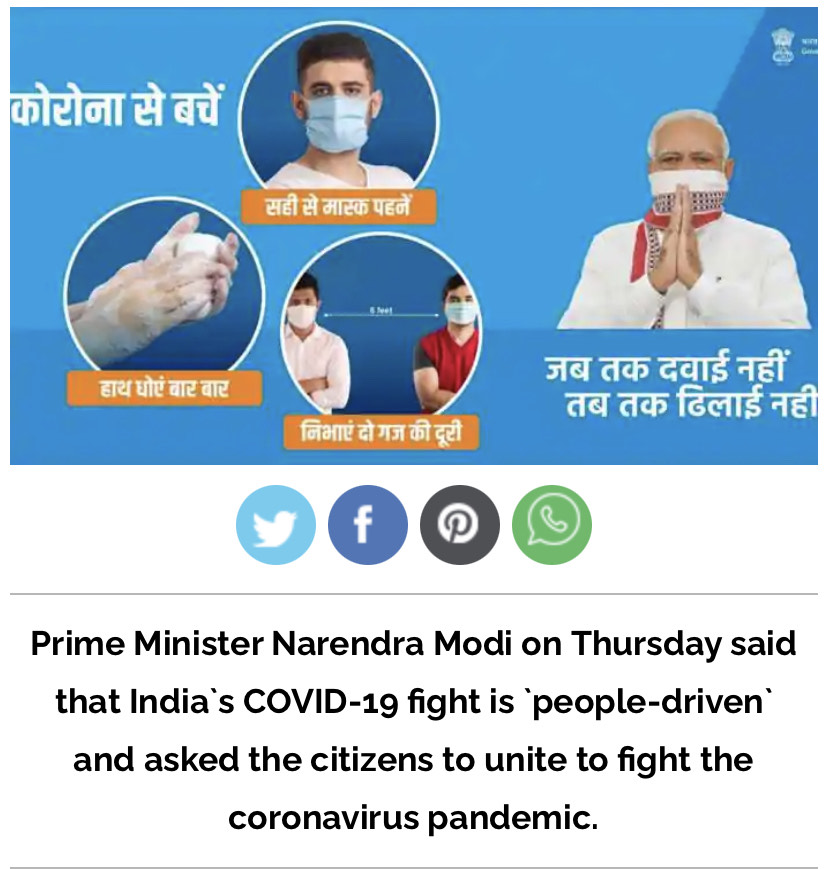
Aiyana Gunjan (India) sent the image above, noting: “In the Indian context, the Prime Minister and the Government (at national, state, local levels) spearheaded the communication campaign against Covid-19. The Prime Minister appealed to the public to collectively fight against the epidemic. His message: “Let’s do it for the country- the country needs us now.”
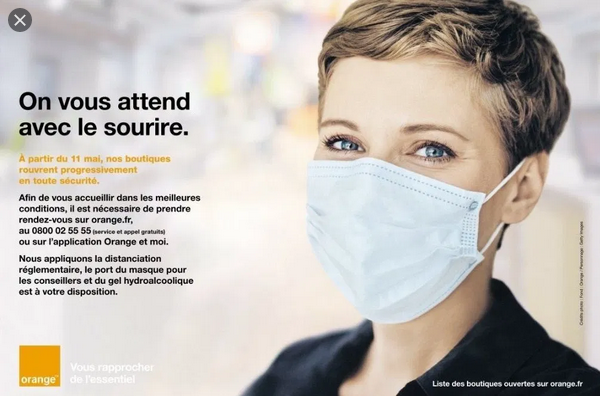
Samuel Grange (France) sends the advertisement, above, for Orange. He notes, “The message ‘Waiting for you smiling (even if you can’t see it) suggests that Covid hasn’t killed a welcoming spirit. Business keeps running.”
[image removed]


Sarah Johnson (Canada) remarks, of the examples shown above: “Notice the imperative tense and anonymous assertion of authority. I think this anonymous authority reflects a traditional Canadian trust in ‘the Government’ (vs. individual leaders) to look out for our interests and take care of us.”
Fact vs. Fiction
The Fact vs. Fiction source code’s norm (that is to say, its idea, value, higher-order benefit) can be described as follows: There are a lot of conflicting messages, out there. Trust us to give you nothing but the facts.
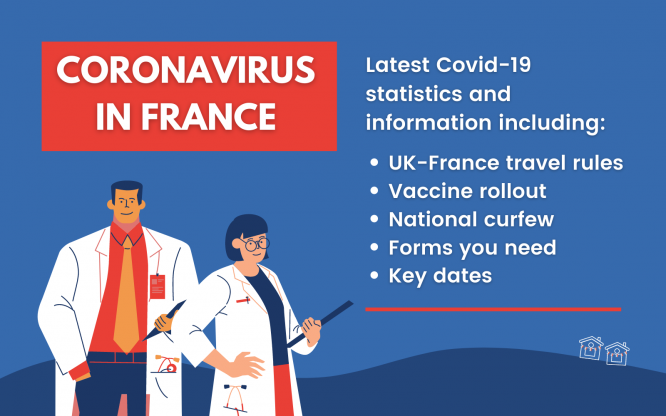
Visual cues of Fact vs. Fiction include:
- Often leveraging Quasi Medical cues (blue and white, no-nonsense type treatment, all caps); but not always
- Charts, graphs, diagrams
- Lists of questions
- Authoritative spokespersons: Officials, CEOs, but also celebrities
Verbal cues of Fact vs. Fiction include:
- Matter of act, authoritative tonality. “Spread facts, not fear.” “Coronavirus: Fact vs. Fiction.” “We have answers.”
- Emphatic pauses between words: “Wash. Your. Hands.” Speaking slowly.
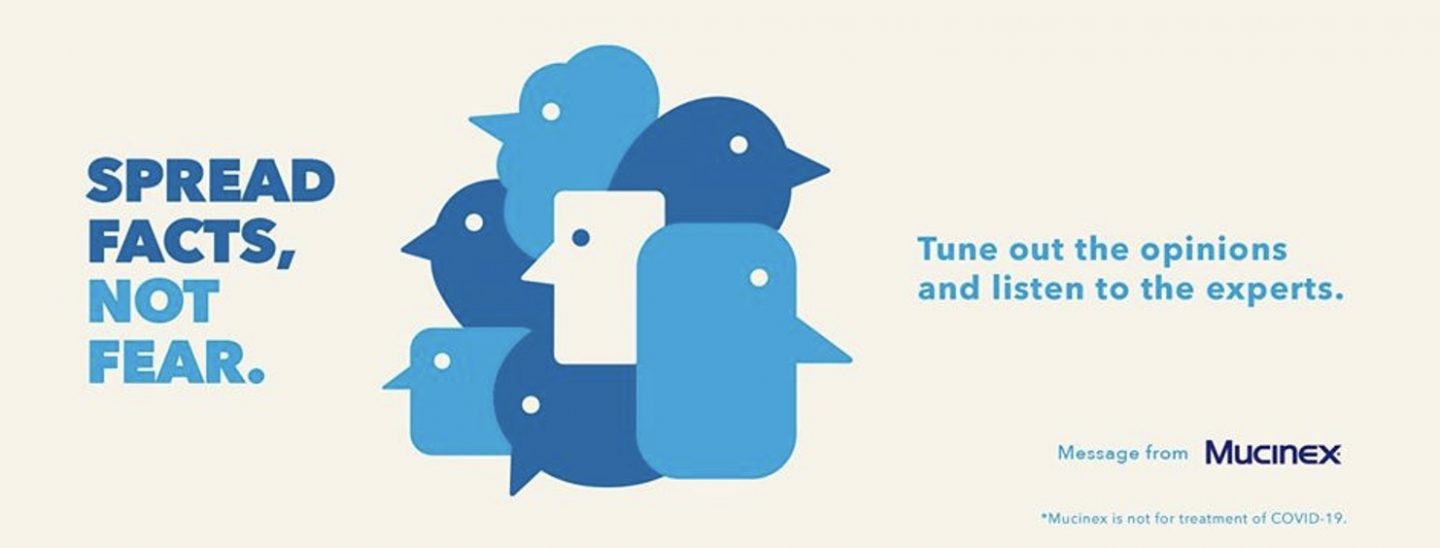
There are a lot of rumors floating around, we’re given to understand; rely on experts for information. “It’s hard to know what to believe,” sympathizes a CDC PSA (“COVID-19: Who’s At Risk”). “We have answers to your questions.” “Spread facts, not fear,” a Mucinex PSA urges. A Smithsonian headline reads “How to Detect the Age-Old Traditions of Folklore in Today’s COVID-19 Misinformation.” (Check it out, an interesting essay.) “Committed to keeping you informed,” pronounces Delta Airlines.
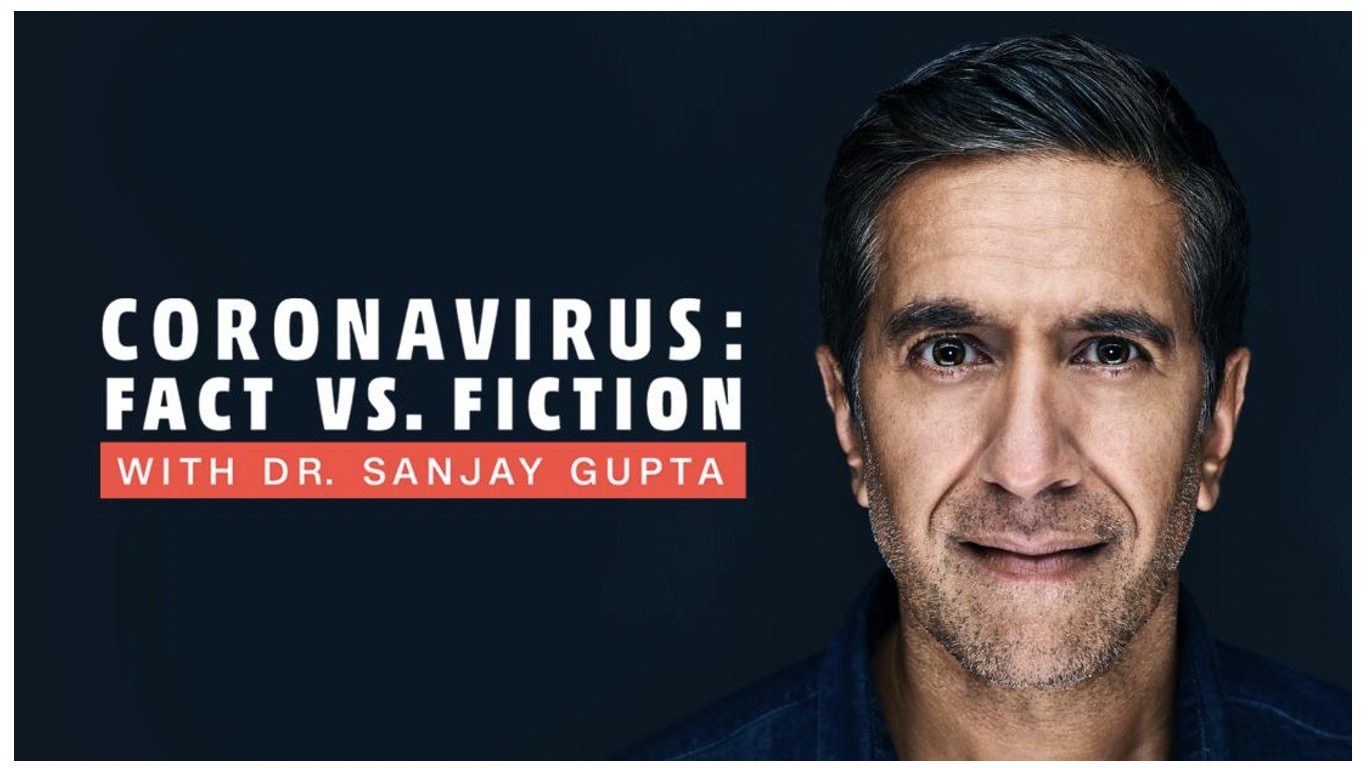
Malcolm Evans (UK), remarks of Sanjay Gupta that he represents “reflexive critical authority (if necessary self-critical). There is no infallible authority. Science is postulated on falsifiability, we get things more right by getting things wrong.” Which Evans sees as a necessary corrective to “white coat authority figures in cold & flu ads [who] look like vintage Greatest Generation stuff.”
Thank you for reading our Covid Codes series. Next week’s installment will be on this theme: ULTRA-PRECISE.
Also see these series: COVID CODES | SEMIO OBJECTS | MAKING SENSE | COLOR CODEX

